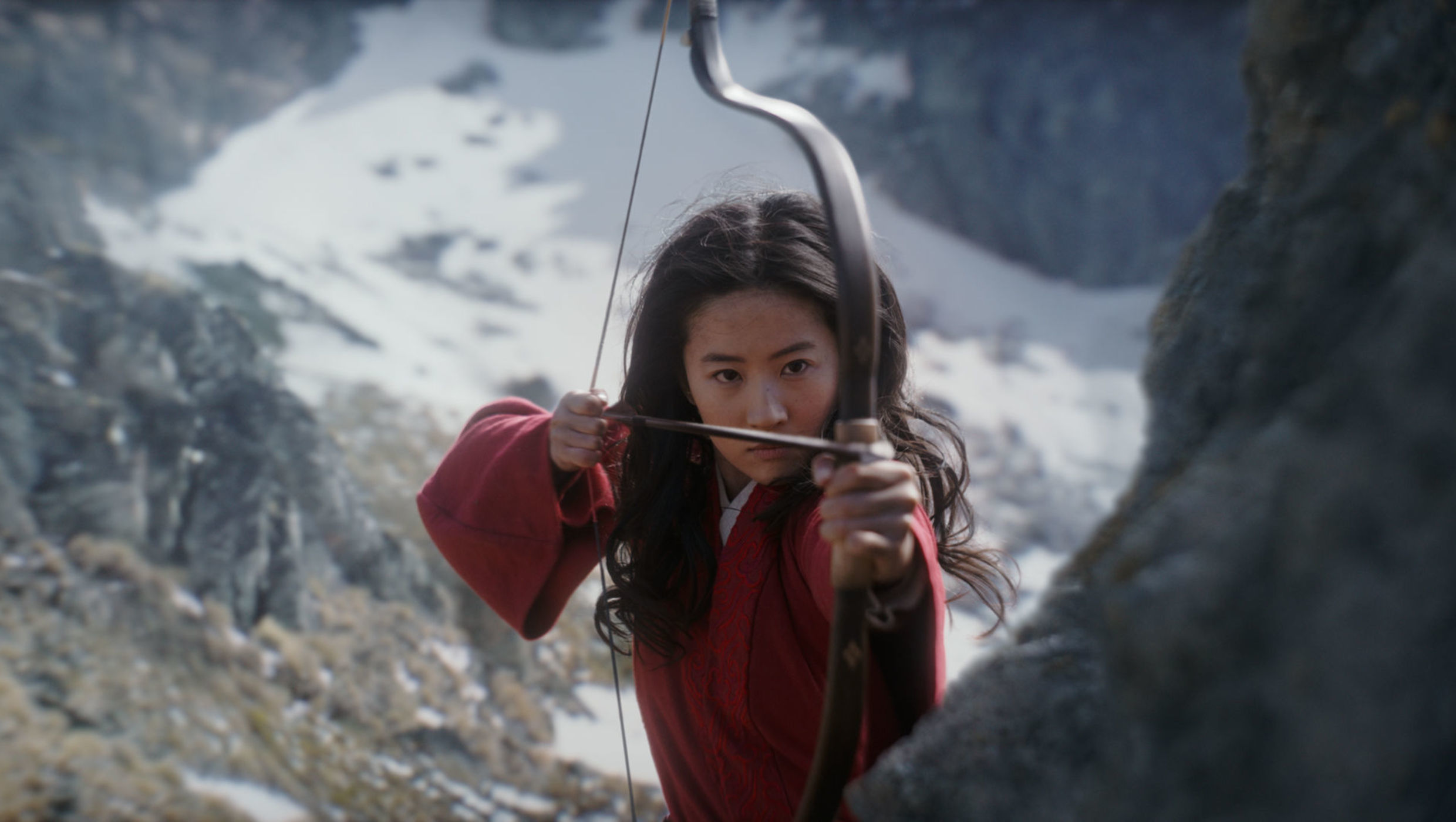Create a free profile to get unlimited access to exclusive videos, sweepstakes, and more!
Did badass sword-wielding, arrow-shooting warrior women inspire the legend of Mulan?

Hua Mulan is the warrior woman set to slay in Disney’s upcoming live-action epic Mulan, but how did the legend of the rebel who fought as a man to defeat the Huns actually ride into Chinese lore?
No actual proof of Mulan’s existence has ever been found — but this is as close as it gets. Anthropologists Christine Lee and Yahaira Gonzalez have been searching for the real Mulan for years, and after re-examining skeletons from ancient Mongolian burial mounds, found bone marks that indicated two of them were warriors who didn’t need to “be a man” (as the song from the animated version goes) to fight. They were fierce archers who potentially wielded other weapons, like Mulan brandished her father’s sword. They could take down the enemy on horseback, much like the legend’s heroine was thought to have done.
"Northern nomadic women had more freedom than the Chinese women to the South," Lee told SYFY WIRE. "This is recorded historically. It's especially known from the period just after my research in the Qidan and Mongol women. Many of them had their own diplomats, wrote their own poetry and prose, participated in government, and led their own armies."
Lee and Gonzalez went through 29 graves to find the skeletons. These women belonged to the Xianbei tribe, nomadic people who lived in the steppes north of China during the period between 386 to 584 A.D. and are thought by some to be the ancestors of the Mongols. Turns out some ancient peoples gave women unexpected opportunities. Think of Wonder Woman, who may only exist in the DC universe, but was actually inspired by the Scythian warrior women of ancient Russia. You may know them better as Amazons. Why the Xianbei allowed women to ride alongside men remains a mystery. It might have had something to do with the political upheaval in China after the Han dynasty collapsed in the year 220, setting off several hundred years of violence.
"The Chinese and Xiongnu empires had both collapsed," Lee explained. "Both regions broke up into many smaller short lived states. It's considered the Dark Ages of Asia."
Xianbei women may have already been allowed to take up the bow and the sword. Another possibility is that, in the face of violent eruptions that never seemed to see an end, the Xianbei needed every able-bodied warrior they could get. No evidence for either situation has emerged yet. Lee did find that the skeletons of the women, which showed wear marks where the muscles used for archery and horseback riding would have once been, showed no marks of trauma. Other ancient Chinese and Mongolian skeletons of warrior women had been dealt potentially fatal blows, so these two were probably members of the elite class who were not allowed to engage in hand-to-hand combat. While they died with honor, it was unlikely that they were casualties of war.
"I looked at musculoskeletal markers for horseback riding and archery, arthritis patterns, and trauma patterns. These women were doing the same things as the men. That implies gender equality," Lee said.
Whatever origins are behind the legend of Mulan, it tells of a young woman who wanted to save her ailing father from going to war after the emperor demanded that every family send one man to fight in battle. She supposedly disguised herself as a man and ran off to join the army so her father would be spared. The first historical mention of Hua Mulan was in the folk song The Ballad of Mulan, which became popular during the rule of China’s North Wei Dynasty around 1,500 years ago. While there are different iterations, they all end in victory on the battlefield and respect from fellow soldiers who saw her as a shining leader and (in some versions) never found out there was a female among their ranks.
Does Lee believe there was an actual Mulan?
"No, I don't think she was a real person," she admitted. "I think it's a story made up of many Mulans. They would have originally have been performed stories, which weren't written down until much later. But I think she was based on real women."
Mulan is out in theaters July 24 (for now). May she bring honor to us all.


























